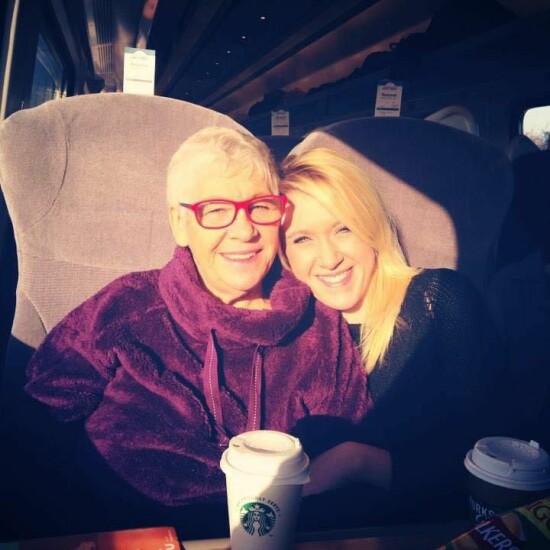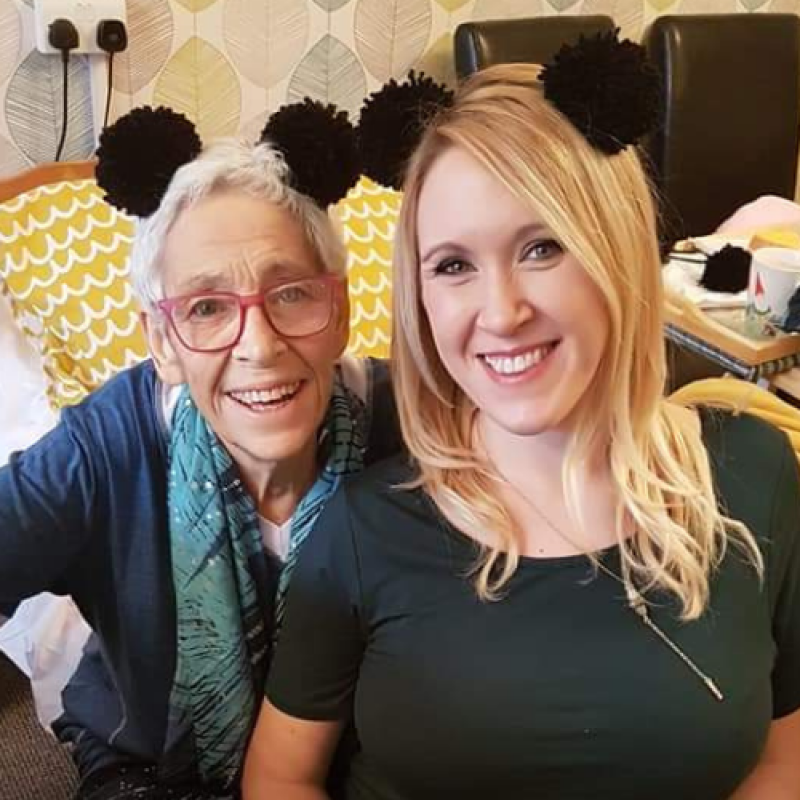11th May 2024 by Clare Cox

For Dying Matters Week (6-12 May) we have been sharing content around death and dying and the conversations we have – specifically between healthcare professionals, carers and our families.
One of our supporters, Emily, shares with us her story of losing her mum and how hospice at home care was so important.
"Mum passed away at our family home in February 2019 having lived with Secondary Breast Cancer for almost 20 years.
We were lucky enough to have mum at home when she passed. She was determined to receive ‘hospice at home’ services so she could die in a peaceful and familiar setting, surrounded by memories and cared for by loved ones.
Making plans for end of life care allowed us as a family to understand our mum's wishes and make the preparations needed to support this decision.
What is hospice care?
Hospice care can be provided at any stage of a person’s condition, not just at the end of their lives. It can include symptom management, and social, practical, emotional and spiritual support. It helps people live as fully and as well as they can to the end of their lives, however long that may be.
This type of care is also known as palliative care, and can also be provided in other places, such as in a hospital, at home, or in a community setting to ensure a person dies as comfortably as possible with dignity, wherever they want. Different health and social care professionals may be involved in your end of life care, depending on your needs.
You can plan your end of life care in advance, which ensures the care you receive in the future only involves the treatments you wish to receive.
Hospice at home
Mum admitted herself to our local hospice to receive pain management in palliative care three weeks before coming home. Whilst she was there, we were given a to-do list and began making adjustments to the family home to prepare for her arrival. This included a range of things such as ordering a hospital bed for our front room, preparing bed covers and lots of pyjamas, buying an adjustable overbed table, printing medication timetables, and charging all her electronic devices!
Supported by health professionals, we were shown how to measure mum’s medication, given information on what end of life breathing would look like and provided with contact information and told what to do when she finally passed. ‘Care in the Community’ carers visited each morning to help change/wash – and upon her request, even pray – with mum.
Cherished memories
We also made plans for my baby shower! I was just seven months pregnant and upon mum’s request, my siblings decorated the front room in Panda decorations (mum even made a nappy cake, which is incredible looking back) and myself, my five siblings, her grandchildren and our dad sat around playing games, eating, crafting and laughing. A week later she passed. I am so very thankful to have that cherished memory.
Everyone’s experiences are different, but for us, and more importantly, for mum, hospice at home provided the dignity in dying she wanted and deserved."
The way we talk about dying matters. There are over 200 hospices across the UK that can support honest, timely conversations around dying and death. These conversations are essential to good end of life care.
Visit hospiceuk.org to find out more.
